Traveling to Cordoba and North Argentina
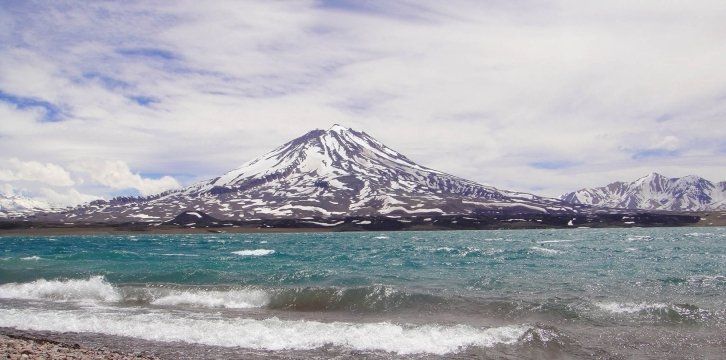
In the last article, I described my trip to southern Argentina. Now it's time to move on and see what kind of interesting places and tourist attractions we can find in north Argentina. We will also visit the biggest city in that part of the country - Córdoba. Welcome to my travel blog!
Argentina is the second largest country in South America and it's filled with many tourist attractions, especially national parks and other interesting places filled with nature. In this north Argentina travel guide, we will discover Cordoba city, beautiful Laguna del Diamante, Ischigualasto, Tafí del Valle Menhires, Los Cardones National Park, Tren a las Nubes, Quebrada de Humahuaca, Cerro de los Siete Colores, and Iguazu National Park. Enjoy!

Córdoba in Argentina
The city of Córdoba is the second biggest town in Argentina and despite the fact that most tourists usually travel to Buenos Aires, it is worth not forget about this beautiful city. Cordoba is famous for the new and old combination, with modern art galleries, the 17th century Jesuit ruins, the oldest survived university in Argentina, as well as a big amount of students that make the city perfect for parties. There are plenty of interesting places here and tourist attractions, as well as different activities like horse riding or parasailing.
Cordoba in Argentina just seems much more relaxed than always busy capital of the country, so feel free to just walk around the beautiful buildings and squares with ice creams or coffee. Ok, so it's time to discover the city. What can we do and see in Cordoba?
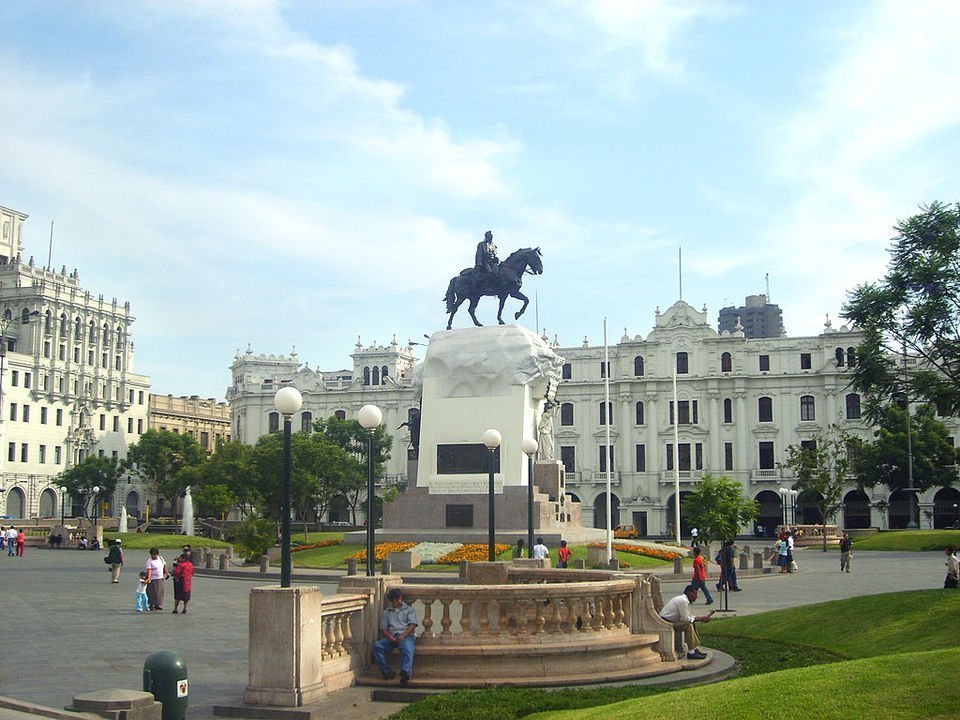
Plaza de San Martin
Plaza de San Martin is probably the most popular place to visit by tourists as it's a central square of Córdoba. You can find here Iglesia Catedral Córdoba and build in the 17th-century colonial Cabildo, which was the main residence of the police, and now it's a tourist information.
In the center of the Plaza de San Martin, you will find a statue of General Jose de San Martin, which was the liberator of Chile, Peru, and Argentina from Portugal and Spain occupation.
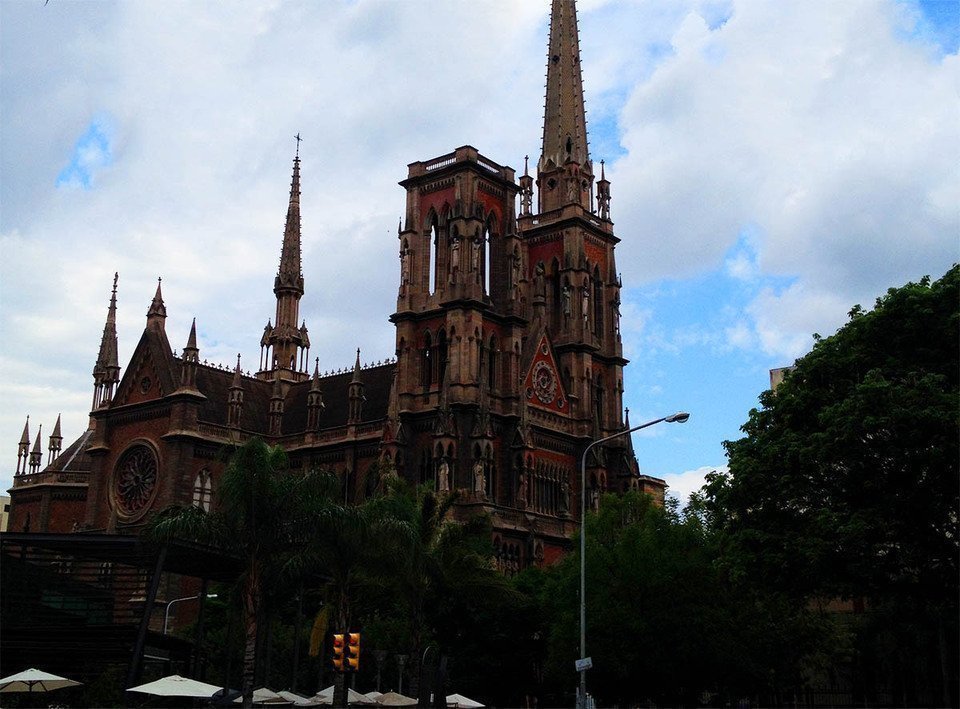
If you are looking for some street performers, the Plaza de San Martin in Cordoba is the place where you will find them. This is also the square to sit in a good restaurant or cafe.
Iglesia de Los Capuchinos
Iglesia de Los Capuchinos in Cordoba is the beautiful neo-gothic church located in the Nueva Cordoba. It was built in the first part of 18th century and was designed by architect Augusto Ferrari from Italy.
The church of Iglesia de Los Capuchinos is still an open church and there are prayers every day, so try to behave well and keep silence while getting inside. You will find there a beautiful ceiling that is painted like a night sky, also many different religious artwork and murals can be found here.
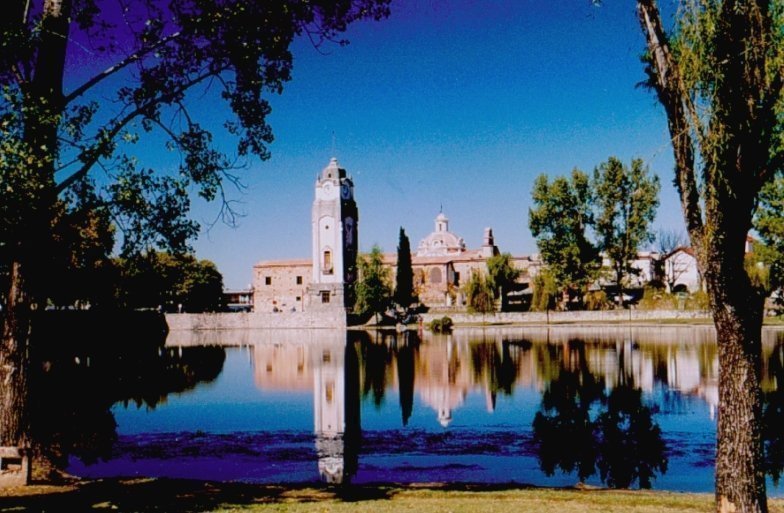
Jesuit Block and Estancias of Córdoba
Jesuit Block and Estancias of Córdoba are a former Jesuit reduction that was built in 1615 by Christian missionaries in the city. It contains not only the University of Cordoba (one of the oldest universities in South America) but also the Monserrat Secondary School and a church.
One of the priests that lived in Jesuit Block and Estancias of Córdoba, named Jorge Mario Bergoglio, became Pope Francis in 2013.
Jesuit Block also includes 6 residences (called Estancias) located in the province of Cordoba and named Jesús María, San Ignacio (no longer exists), Caroya, Alta Gracia, Candelaria, and Santa Catalina. Every of that Estancias has its own church and other buildings. All that Estancias of Córdoba can be visited by tourists driving the "Road of the Jesuit Estancias" (about 250 kilometers long).
Uritorco Hill
Located 100 kilometers north-west from the Cordoba city and 3 kilometers from the city of Capilla del Monte, on the verge of Calabalumba River, Uritorco Hill is a very popular tourist attraction for travelers. It's 2000 meters high and can provide a beautiful panorama of Northern Argentinian landscapes.

The hike takes from 3 to 4 hours in ordinary pace and you will have to go 6 kilometers through the mountains. Funny fact is that Uritorco means macho hill in comechingón language.
According to travel website Welcome Argentina, "Capilla del Monte became well known in the country and around the world during the last decade due to the mysterious halo covering Uritorco Hill, where UFOs apparently land."
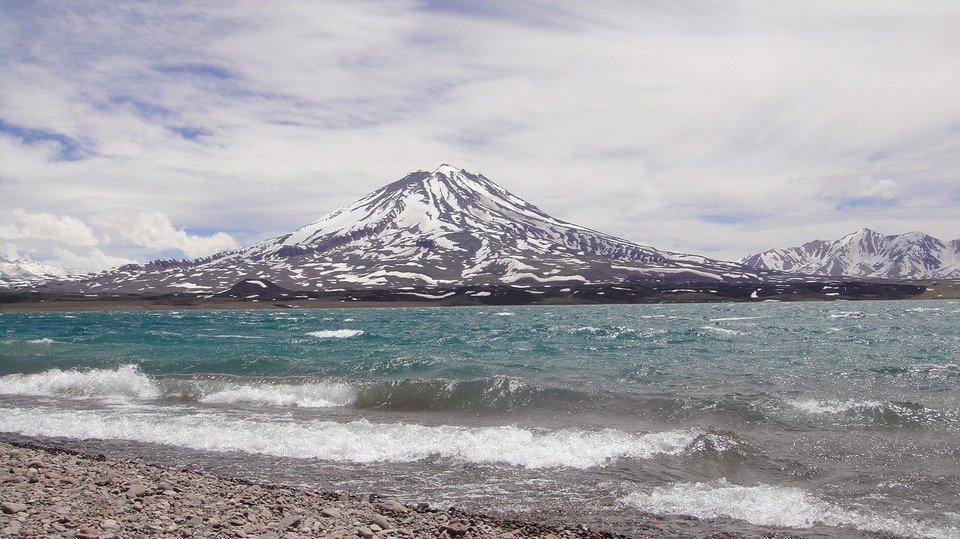
Laguna del Diamante
Laguna del Diamante is a hyper alkaline (11 pH level, five-times salter than the sea) lagoon located near the active Argentinian volcano called Cerro Galán, that can be dangerous because of the poisonous gases. Also, do not try to drink the water or you may die! Also, if you will decide to visit the lake, remember that it's 4600 meters above the sea, so oxygen will be lower.
Well, I did not do a good advertisement for the Laguna del Diamante, right? So let's talk about why you should visit this tourist attraction in northern Argentina. First of all, in 2010 scientists discovered a big group of flamingos that were actually live here, which was a surprise because of the conditions.
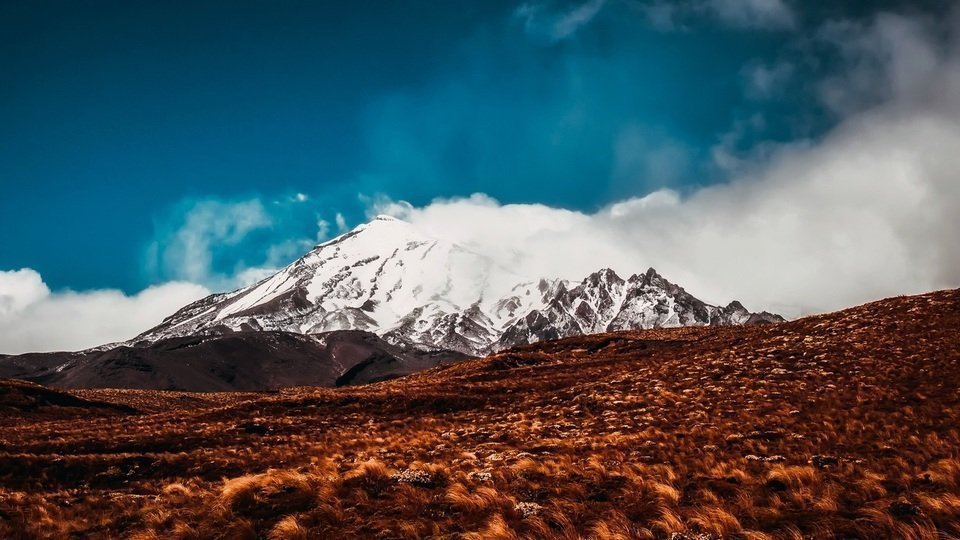
Flamingos with a beautiful view of Laguna del Diamante and Cerro Galán volcano makes the place just awesome for all kind of travelers and photographers. This place has also strange red crystals that grow on the lagoon's rock and other micro life that cannot be found in any other place in the World.
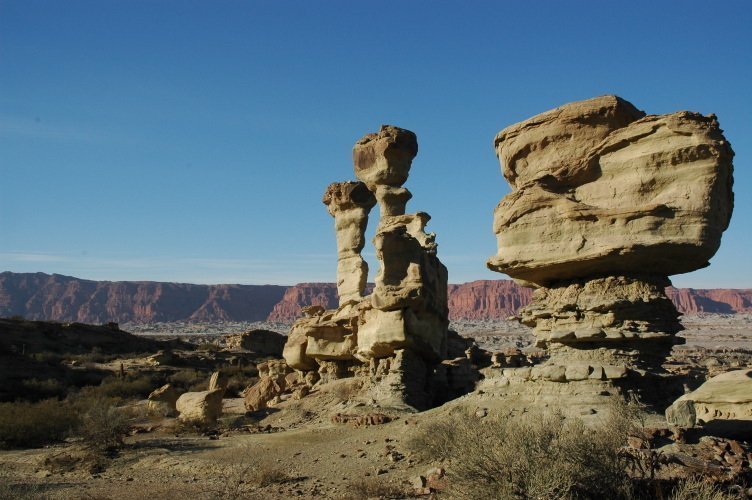
Ischigualasto
Ischigualasto in Argentina, called also the Valley of the Moon, is a geological formation located inside the Ischigualasto Provincial Park, San Juan province, just near the Chile border.
An interesting fact is that the Ischigualasto Provincial Park is located more than 1200 meters above the sea level and covers the area of 370 square kilometers.
Why is Ischigualasto called the Valley of the Moon? The whole place is covered by the geological structures that looks like from space. Millions of years ago, during the dinosaurs era, when the area was a floodplain filled with rivers, these rocks were slowly formed. Some of them are smooth as marbles and huge, even more than 40 meters tall. Ischigualasto is also famous of the world's oldest dinosaur remains. All of this makes the Valley of the Moon an awesome tourist attraction and if you have a time it's really worth to visit it.

Los Cardones National Park
Los Cardones National Park can be found in Salta Province, about 120 kilometers drive from the Salta city. It occupies 650 square kilometers, so there is plenty area to see. The park is filled with colorful sierras, cactus plants, forests of the Churqui (another name: Vachellia Caven), and dry gorges, which makes it looks just awesome! The Los Cardones National Park in Argentina is also home to many animals, as well as more than 100 species of birds.
This National Park is very huge, so you can find here three different environments that will require you some driving to see. One of them is Sierras de Córdoba (mountains), second is low lands (Sierras and Piedmont), and the third is basin and quarry (low areas near the river). You can also find the pre-Inca cave art in Los Cardones National Park, which can be an additional tourist attraction while traveling here.
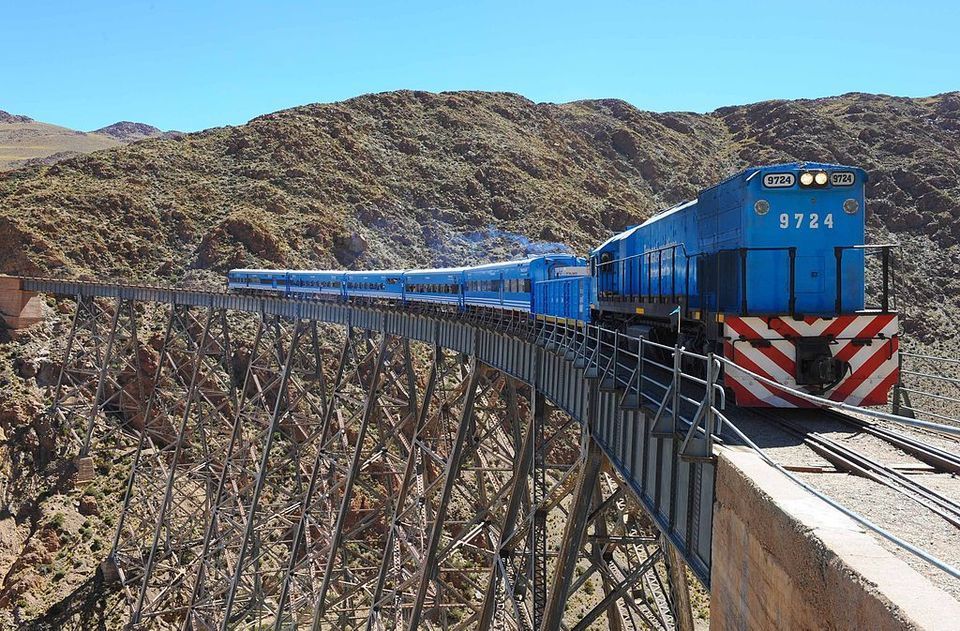
Tren a las Nubes
Another great tourist attraction located in northern Argentina. Tren a las Nubes (which means Train to the Clouds) is a train mostly for tourists that runs along the eastern part of the "Salta to Antofagasta" route railway line of the Belgrano Railway which connects northern Argentina with Chile near the Andes. Tren a las Nubes is the 5th highest railways in the world, over 4200 meters above the sea level.
Tren a las Nubes is an awesome thing to do in Argentina, as you can see a huge part of the country during one day. The train starts its route in Salta, then goes to the Valle de Lerma, Quebrada del Toro and finish in west-central South America called Altiplano. Then it goes back to Salta.
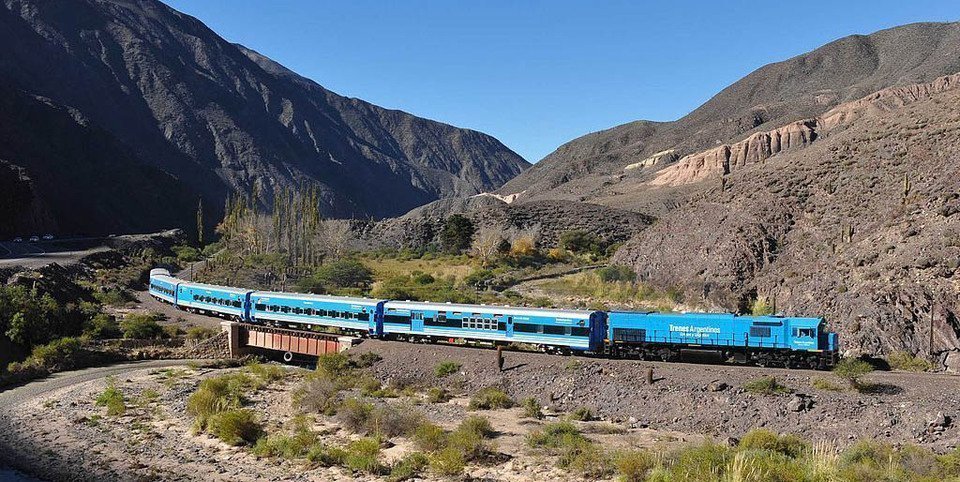
The whole journey takes about 15 hours and during that time the Tren a las Nubes in Argentina will travel 440 kilometers one-way. There are many stops during the route so you can see many different landscapes and interesting places. In the train, you will find a dining and bar carriage as well as two tourist carriages for about 170 people.
Tren a las Nubes in northern Argentina during its journey will pass 29 bridges, 13 viaducts, and 21 tunnels.
Read in addition: If you love train trips, make sure to read my travel blog article about my Trans-Siberian train journey to the heart of Siberia.

Quebrada de Humahuaca
Quebrada de Humahuaca (Quebrada literally means broken, but normally we can translate it as a deep valley. Humahuaca is the nearby small town) is a beautiful mountain valley, that can be found in Jujuy province, in the northwest part of Argentina. The biggest tourist attraction and interesting place in Quebrada de Humahuaca are the colorful mountains called Serranía de Hornocal, located 25 kilometers from the city of Humahuaca, which reminds me of the Rainbow Mountains in Zhangye Danxia, China.
The territory of Quebrada de Humahuaca in Argentina has been populated for over 10000 years, so many prehistoric remains can be found here. There are also many other great landscapes in the area, especially near the Rio Grande (Grande River), which unfortunately gets dry during the winter.
The Grande River (Río Grande), which is dry in winter, flows copiously through the Quebrada in the summer. Quebrada de Humahuaca is on the UNESCO World Heritage Site from 2003.
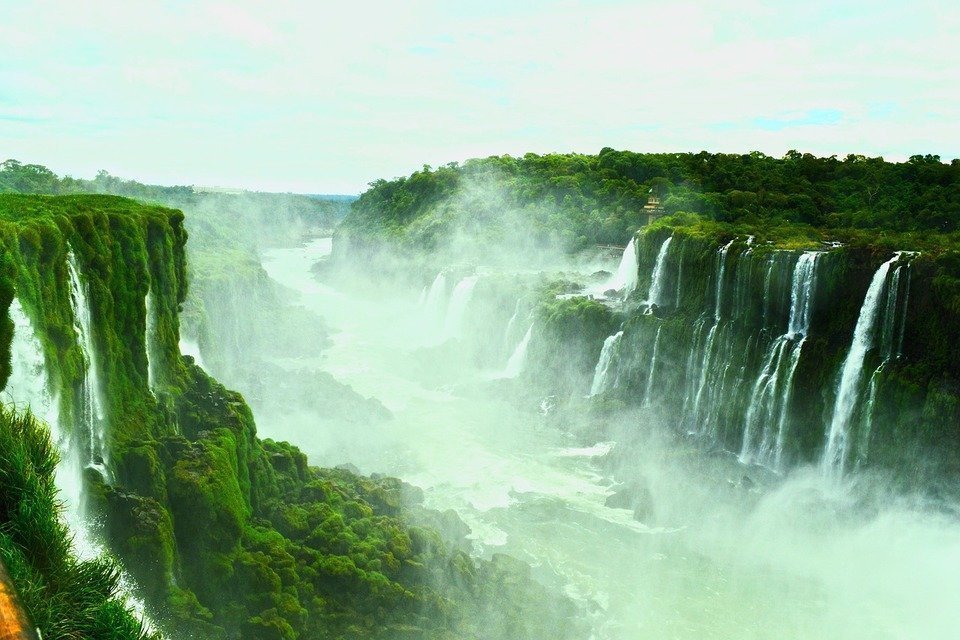
Iguazu National Park
Iguazu National Park is in a totally different location in Argentina than any other places described here, as it can be found in the north-east part of Argentina, but I had to write about it as the place is magnificent. This national park is in Misiones province and it covers an area of 670 square kilometers.
There are many rare species in Iguazu National Park that can be found here, for example, Jaguar, South American Tapir, Ocelot, Tirica, Jaguarundi, Anteater, the Harpy Eagle, the Yacare Caiman, and the Frontend Piping Guan.
Iguazu Falls
Probably the most visited part of the Iguazu National Park in Argentina is the Iguazu Falls (or Iguaçu Falls, in Spanish: Cataratas del Iguazú) - very impressive waterfalls of the Iguazu River, that are the largest waterfall system in the world. Iguazu National Park and Iguazu Falls are probably one of the most beautiful places in northern Argentina, so it's really worth to visit them.
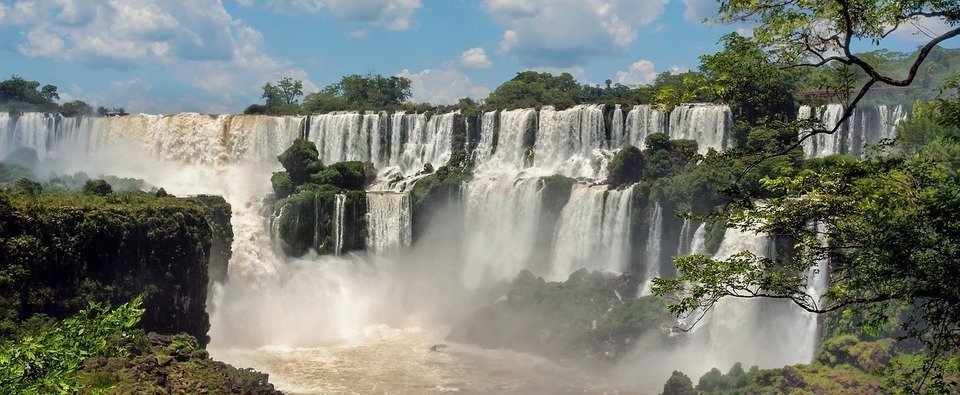
Conclusion
Now you know why you should visit northern Argentina and the city of Cordoba. This Argentina travel guide showed you some of the awesome tourist attractions and interesting places that can be found in this country: Córdoba in Argentina, Plaza de San Martin, Iglesia de Los Capuchinos, Jesuit Block and Estancias of Córdoba, Uritorco Hill, Laguna del Diamante, Ischigualasto, Los Cardones National Park, Tren a las Nubes, Quebrada de Humahuaca, and Iguazu National Park with Iguazu Falls.
If you enjoyed my northern Argentina travel blog or have any questions about what to see here or where to go, feel free to write me a comment in the section below.
Read the next article in this series:
Spending 3 days in colorful Buenos Aires-
Ronaldo20th June 2018, 16:44
Traveling to Cordoba and North Argentina sounds like a great adventure! Reading this makes me wanna write my own travel blog! :-)
-
Michał20th June 2018, 21:06 http://nocuje.net/wakacje_karpacz
By referring to the beginning of your post. Most tourists travel to places that are well promoted. However, it has its advantages, because the places that are pearls are not crowded, so you can comfortably admire them. This text was translated automatically. Original text is below: Odwołując się do początku Twojego wpisu. Większość turystów podróżuję do miejsc, które są dobrze wypromowane. Ma to jednak swoje plusy, ponieważ miejsca, które są perełkami nie są oblegane, więc komfortowo można je podziwiać.
-
Lydia25th June 2018, 12:52 https://www.lydiascapes.com/outdoor-adventures-in-kosice-city-and-around/
Cordoba and North Argentina sound like exceptional places to explore and your article whetted my appetite. Are there any good rock climbing places to add t my bucket list?
-
Nika21th December 2019, 12:00
Great article. Incredibly beautiful photos. Thanks for your overview. Argentina is an amazing country.
-
Uruguay3rd February 2020, 13:06
Possibly the reason that many tourists visit the city, the Jesuit Block or Manzana Jesuitica in Cordoba is one of the best preserved European settlements of its kind.
-
CHARLOTTESWEBNEEDLEWORK14th April 2020, 21:16
Cordoba caught me by surprise. Frequently off the tourist track, Cordoba is one of Argentina s oldest cities. It s a university city with an eclectic mix of mostly Jesuit historic sites and modern enthusiasm. We discovered more than enough things to do in Cordoba Argentina and had to make some tough choices for our limited time.

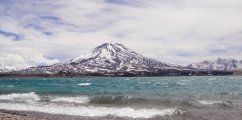

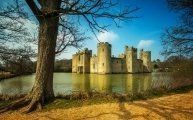
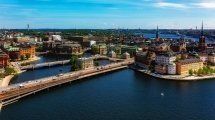
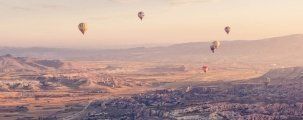
Ive never been to northern Argentina but as I can see there are plenty of things to do and see, as well as many tourist attractions and interesting places! I will definitely start to earn some money for that kind of travel to Argentina, thanks!